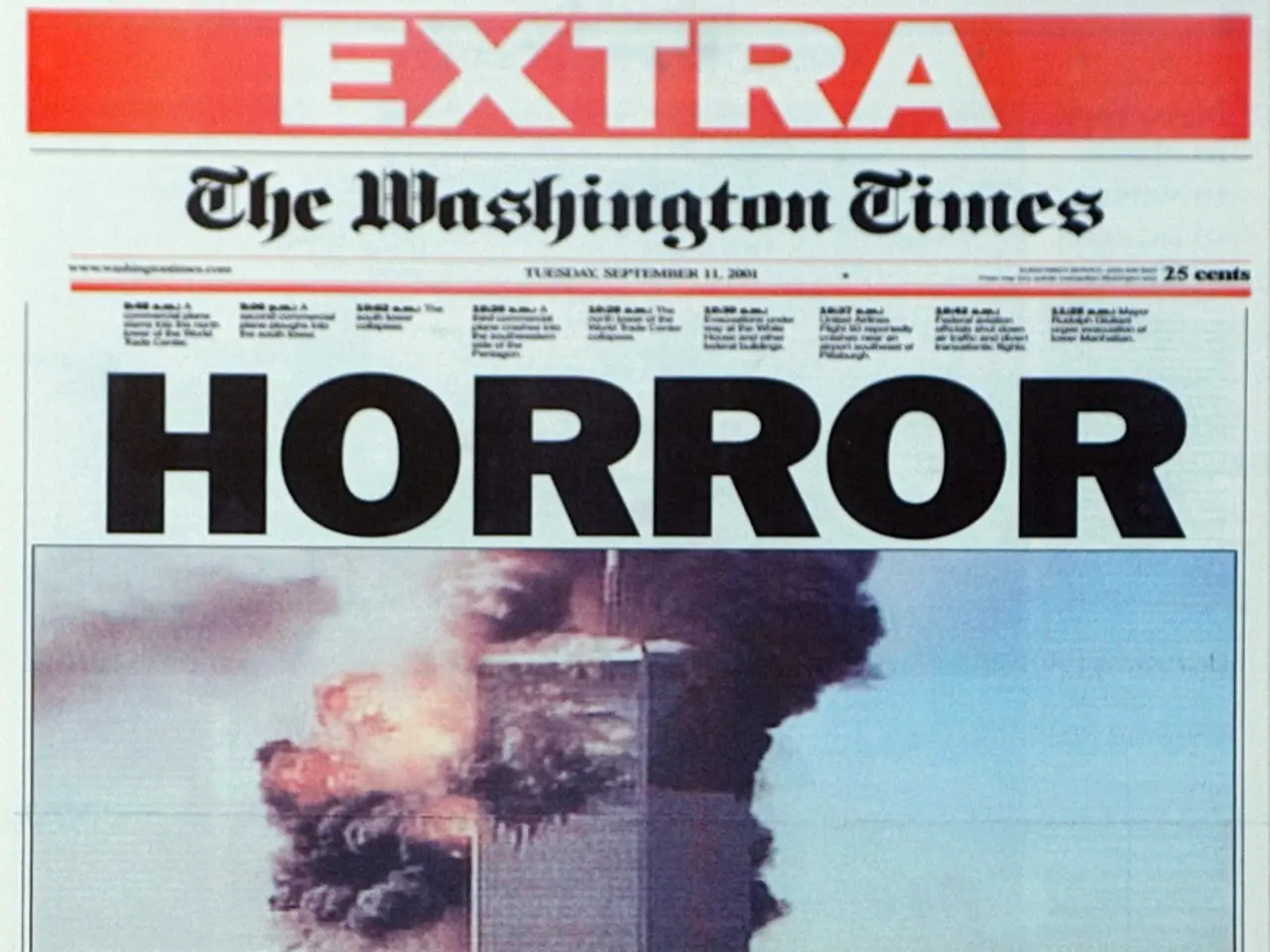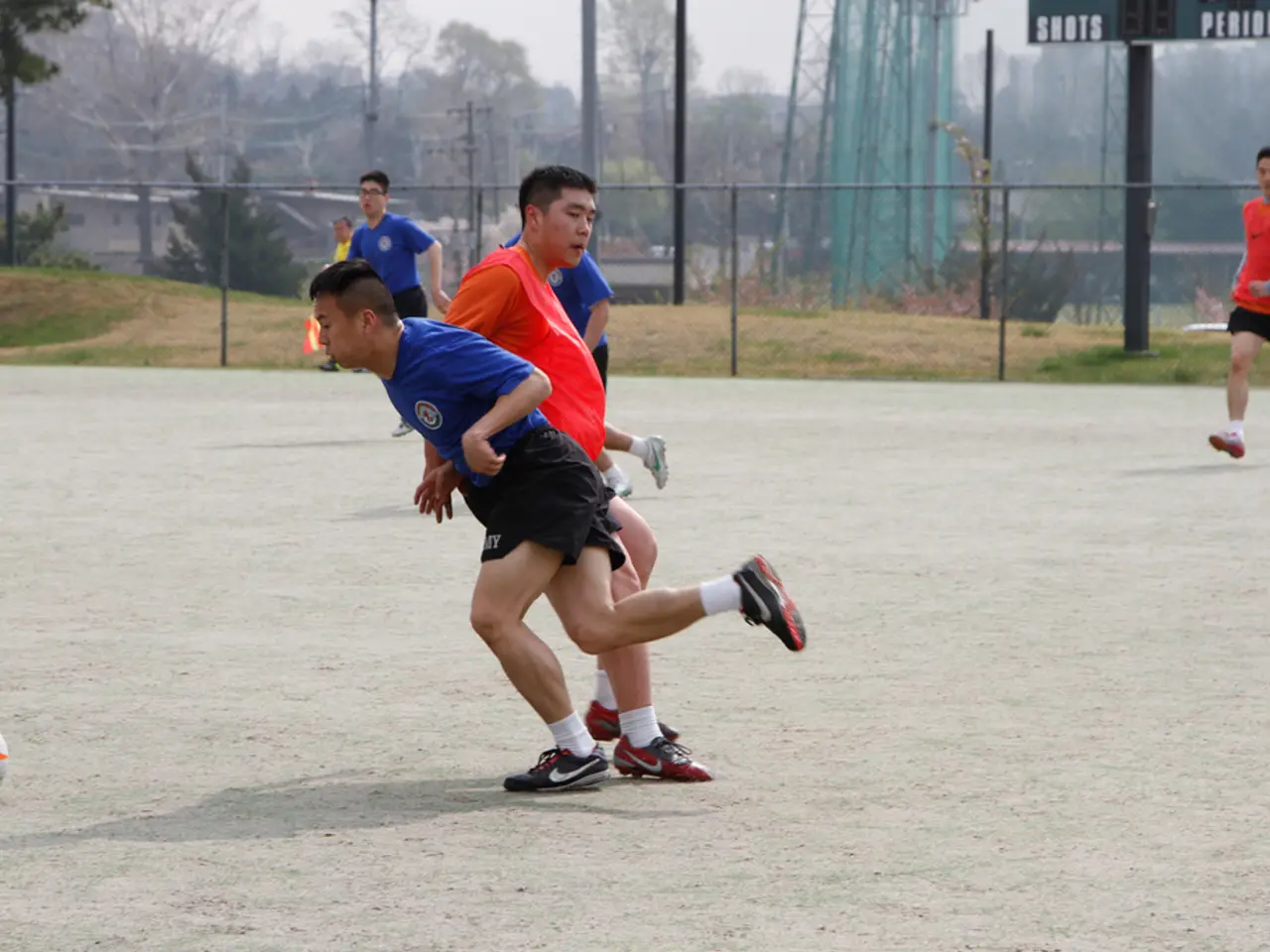Ukrainian President Zelensky ponders on the persistence of prolonged strikes against Russia
In the ongoing conflict between Ukraine and Russia, both nations are increasingly relying on drone technology as a critical force multiplier.
The USA and NATO are working on a new model for delivering US weapons to Ukraine, with NATO countries financing the purchases or transfers and Ukraine prioritizing the weapons it needs in tranches of around 500 million dollars. This comes as Ukraine is employing long-range drone strikes and attacks deep into Russian territory as key offensive strategies. Notably, on June 1, 2025, Ukraine launched Operation Cobweb, a significant drone offensive targeting multiple Russian airbases across Russia—including in the Arctic Kola Peninsula and Siberia—that house long-range bombers, resulting in destruction or damage of numerous bombers and a substantial morale boost for Kyiv.
In response, Russia has been intensifying its use of long-range strike drones, launching large numbers of drones and missiles into Ukraine daily. For example, Russia launched over 6,400 drones and missiles in July 2025 alone, with some drones now equipped with AI targeting and thermobaric warheads. Russia is also constructing drone launch and control infrastructure on Ukrainian soil in occupied territories, such as near Donetsk City, to facilitate shorter-range, faster drone strikes closer to the frontline.
The long-range attack dynamics consist of Ukraine conducting deep, strategic drone strikes into Russia using covert launch methods, while Russia escalates sustained missile and drone barrages targeting Ukrainian military and civilian sites, including from occupied Ukrainian territory itself.
The drone strikes have resulted in casualties on both sides. Three people were killed and others injured in Ukrainian drone strikes on several Russian regions, including Penza, Rostov, and Samara. At least eleven people, including a five-month-old infant and two children aged nine and ten, were injured in a heavy Russian drone attack on the eastern Ukrainian city of Kharkiv.
Meanwhile, the conflict continues to escalate in other ways. US President Donald Trump has confirmed that the nuclear submarines, whose deployment he ordered in response to the threats made by former Russian President Dmitri Medvedev, are already moving towards Russia. Russian President Vladimir Putin says Moscow has begun production of its latest hypersonic missile, named "Oreschnik," and confirms plans to deploy the weapon in Belarus this year.
As the conflict continues, both Ukraine and Russia are showing no signs of backing down. Ukraine's President Volodymyr Zelenskyy announces further long-range attacks within Russian territory, while Russian forces make progress in the northeast of Pokrovsk, attempting to encircle the city and cut off its logistics routes and ground connections.
In the face of this escalating conflict, other nations are taking steps to prepare. Nearly 10,000 young Poles are spending their summer holidays with the army this year, participating in voluntary military basic training for a month and receiving 1400 euros.
The situation remains tense, with both sides employing drones increasingly as a critical force multiplier in this ongoing conflict. The international community continues to watch closely, hoping for a resolution that brings peace to the region.
- In light of the ongoing conflict between Ukraine and Russia, various nations are revising their community policies to accommodate an influx of refugees and potential military personnel, while implementing employment policies to aid in the production and deployment of drone technology, considered a critical force multiplier in modern warfare.
- As the international community watches the escalating conflict, concerned parties are urging global leaders to address war-and-conflicts, politics, and general-news topics in scheduled discussions to mitigate the impact of ongoing wars and promote global peace and stability.








